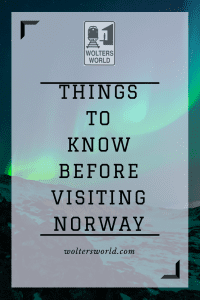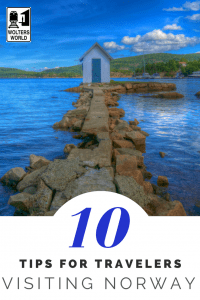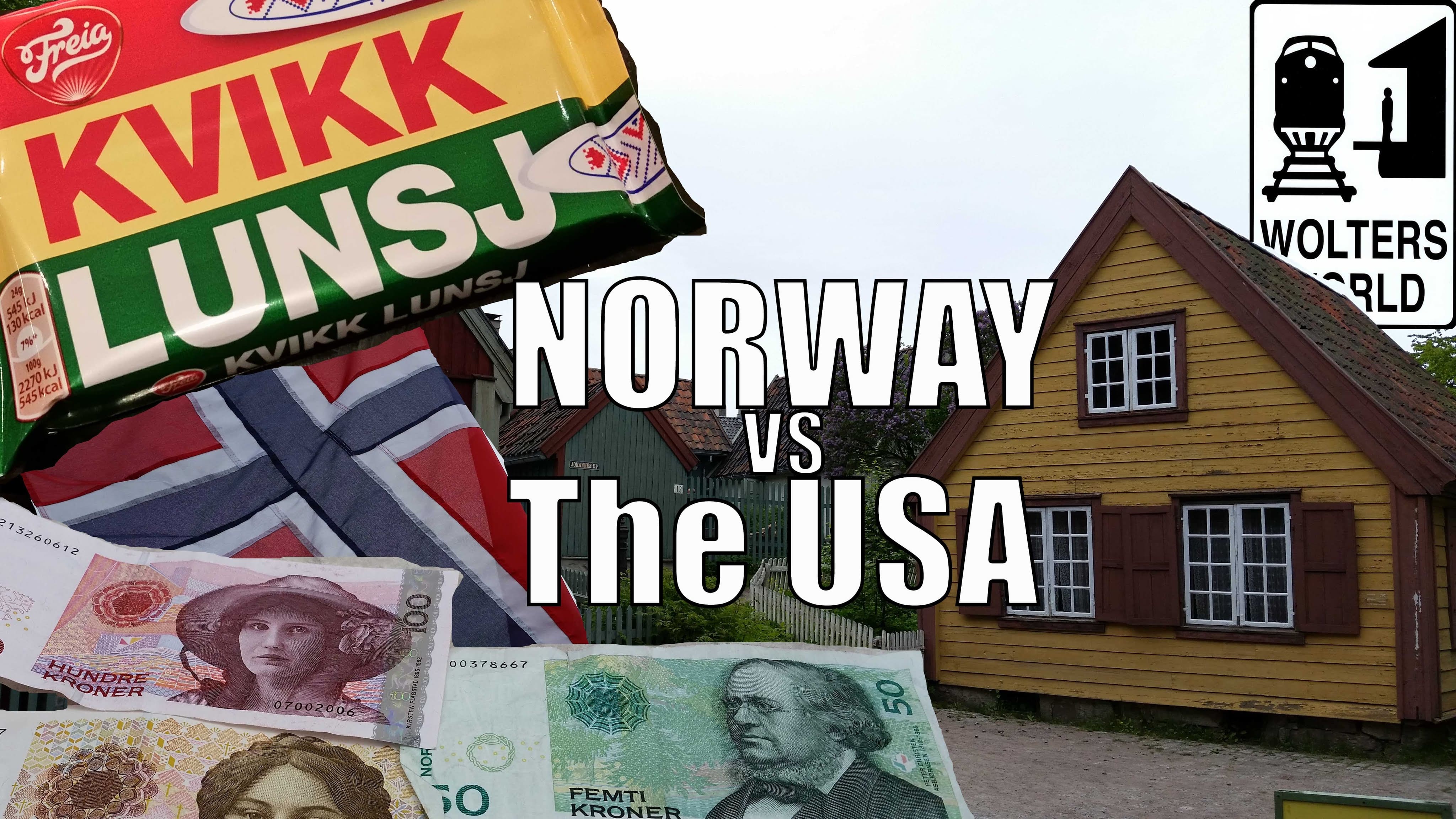Know Before You Go: Understanding Norway
Greetings from the land of the Vikings, Norway! Today we’re sharing some of the differences between Norway’s culture and the US, so you are more prepared when you visit, especially when it comes to the prices in Norway.

Language in Norway
Norwegian is spoken in Norway. It’s similar to Swedish and Danish, but it’s still very different. You might understand a few Norwegian words if you say them out loud, but in general you will have a tough time understanding Norwegian. Don’t worry, though, the people in Norway speak English very well.
Currency in Norway
Norway is not in the European Union, so they do not use the Euro. The currency in Norway is the Norwegian Krone, or NOK, or KR is what is shown on price tags and menus. Krone come in 1000kr, 500kr, 200kr, 100kr, and 50kr. The 1000kr note is pretty uncommon, and if someone gives you one, ask for 2 500kr notes instead as they are easier to spend. The coins come in 1kr, 5kr, 10kr and 20kr. You can use your credit card in most places, but make sure you have a PIN for your credit card. Having your credit card PIN will make transactions go more smoothly and help you avoid any issues. ATM’s in Norway are called a mini-bank and they easy to find in the main cities of Norway.
Prices in Norway
Many people wonder: Is Norway expensive? Yes, prices in Norway are very expensive compared to most European countries. A beer at a bar can cost between $10 and $20, in dollars! When you eat in Norway, you’ll understand why take-away and hot dogs are so popular, because it’s really expensive to eat out in Norway. It’s about 30% more expensive to eat in Norway than it is to eat in the U.S. It’s not just the restaurants in Norway, but hotels and transportation are also expensive.
10 Things That SHOCK Tourists About Norway
Eating in Norway
Traditional Norwegian food includes Elk, Reindeer, Salmon and other fish, cinnamon rolls, and Kvikk Lunsj, a Norwegian Kit-Kat. Tipping in Norway is not required, but a small tip of 5-10% is fairly custom. A service charge is usually already added on to your bill. Drinking in Norway is also expensive, and hard liquor is tightly regulated. Beer and wine is easy to purchase, but everything else has to be purchased at a special liquor store.
Norway Shop Hours
Norway shop hours are similar to other European countries. In Norway, shops are usually closed on Sunday, with shorter hours on Saturday. Store hours are usually 10-6 or 10-8. Just plan to do any shopping during the day and don’t wait until the evening. Museums will sometimes offer extended hours in the summer when the most tourists are visiting.
Electrical Outlets in Norway
In Norway, a power adapter is all you’ll need to charge your devices. Electrical plugs in Norway are the same as in mainland Europe, with two round plugs. Your phone, tablet and computer already have a built-in voltage converter.

Norway Transportation
Public transportation in Norway is very good. You can reach almost any destination in Norway using public transportation. Just know that it’s expensive and can take longer that you would expect. The fjords and the terrain of Norway are beautiful, but getting around them adds time to your travels. The same goes for driving; expect it to take a bit longer to drive around Norway.
What to Wear in Norway
If you are wondering what to wear in Norway, be prepared for cool temps. At the end of May, it’s getting into the 40’s at night, or 6 Celcius. During the day, temperatures are in the low 50’s to high 60’s. Make sure you bring layers to wear in Norway, so that you can remove layers as it warms up throughout the day. Norway winter is very cold, so be prepared for that with warm clothes.
Things to Do in Norway
If you visit Norway in the winter, make sure you go skiing and go see the Northern Lights. One of the best things to do in Norway is to go see the fjords, they are gorgeous!
Safety in Norway
Norway is very safe, so safety is not something to worry about on your Norwegian vacation. As with any large city, if you are out late in Oslo or Bergen, keep an eye out, but the worst you’ll likely see are some drunks or beggars. In general, Scandinavia is a very safe region of Europe to visit. I always recommend Scandinavia as a great destination for first-time international travelers, because it’s safe and English is widely spoken.
Additional Norway Travel Planning Resources
I hope this helps give you a good idea of the differences between Norway and the United States, so you can enjoy your Norwegian vacation. Check out our other videos for travel tips on Norway:
5 Love & Hates of Visiting Oslo, Norway
What to See in Oslo
